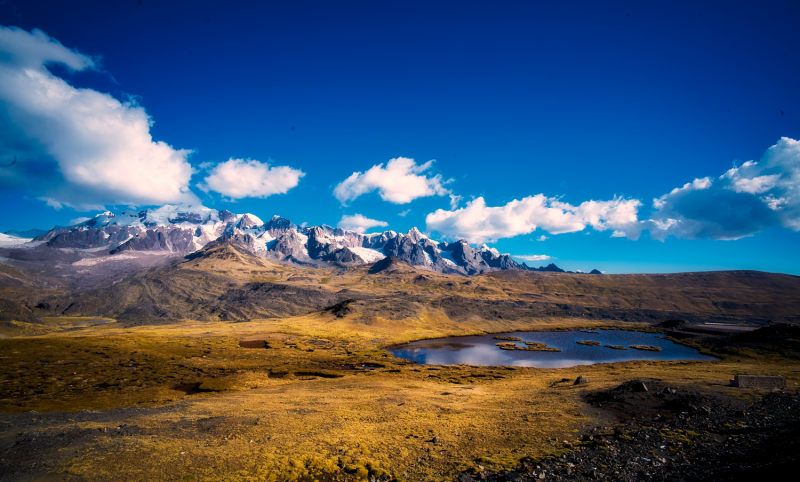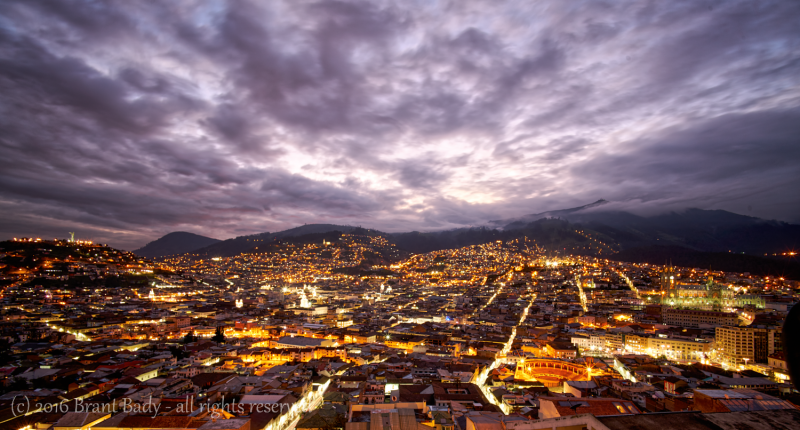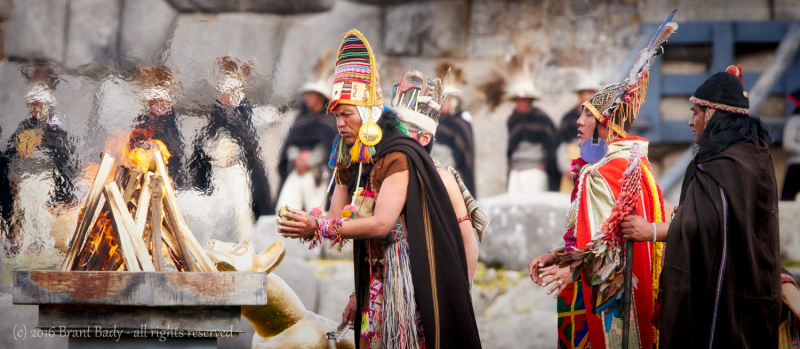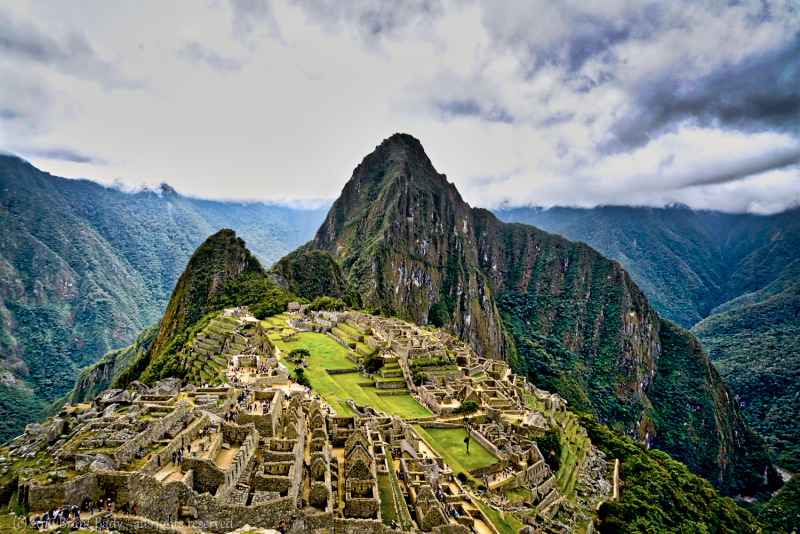
View from nearly 15,000 feet elevation, going over the backbone of the Andes.
Going “High” in South America
Recently I had a five-week trip planned for South America, with the goals of getting to the Galapagos Islands in Ecuador, Machu Pichu and the Sacred Valley in Peru, and to spend some time on a tributary of the Amazon River called Manu, which is a national park in Peru. Basically the plan was to hit some of the top highlights for South America.
However for a number of reasons though, my route and itinerary were less than optimal. This was due in part to my own planning, but also due to the requirement to hit specific places on specific dates (i.e. availability of a cabin on the cruise boat I had selected in the Galapagos, available dates for the Amazon experience, and wanting to see the famous Inti Raymi Festival of the Sun that takes place only on June 24). The effect was that my route had me bouncing up to high elevations and then down to sea level or lower heights, back and forth, thereby wasting most of the acclimatization that I had previously gained.
Graphic: The Wrong Way to Plan a Trip to High Elevation Destinations – Graph of Altitude in ft. versus Route
Remedies
I had four different remedies for altitude sickness to try: Diamox, Acetazolamide, water infused with liquid chlorophyll, and I also resorted to trying the locally available coca leaf extract candies (the leaves are also used for brewing tea).
Diamox and Acetazolamide are both prescription medications, so one would need to consult with their physician.
Liquid Chlorophyll can be sourced at health food and vitamin stores. It’s thought to help with oxygenation of the blood and cells, something obviously impaired when you are at altitude. It can also help to bring your body back to a more alkaline state, and has a side effect of turning one’s poop green (so don’t freak out if that happens).
Coca Leaf Candies – so for the record, coca leaf candies, tea, and leaves are legal in Ecuador and Peru. They are widely available in markets and sometimes even provided gratis by hotels. They are NOT likely to be legal back at your home country, so don’t even think about bringing home any samples. Similarly, this probably would ring the bell on certain screening tests, as apparently they aren’t testing for the active ingredient they are trying to screen, but compounds that are along for ride.
Results
In my case, landing in Quito, Ecuador (altitude of 2850m or 9300 ft.), I spent four days acclimatizing and getting over the dizziness, headache, and shortness of breath. I put some liquid chlorophyll into my water bottle and tried to stay hydrated that way, and I also bought some coca leaf extract candies which I used a twice a day. Both of these worked or helped, but they were not totally effective. Arguably, it might have been better if I had started the chlorophyll supplement a week before arriving, and I still had a headache most of the time.
My next stop put me at sea level in the Galapagos for more than a week – long enough for the acclimatization I had just acquired to wear off.
So of course, it was time to “go high” again in terms of altitude, by going to Cusco for a couple of days (altitude of 3400 m or 11,100 ft.). I tried the Acetazolamide tablets this time, but my symptoms were definitely worse than when I had been in Quito and taking non-prescription remedies
Shortly after arriving in Cusco I traveled back down to a much lower elevation by visiting Manu National Park (altitude of 350 m of 1150 ft.) for a whole week, thereby yet again throwing away again any minor acclimatization that might have occurred. On the way back to Cusco we came over the backbone of the Andes, and hit a height of 4600 m or 15,000 feet where the altitude effects were very strong. I doubt I could have walked very far in those circumstances. I had taken a Diamox tablet earlier in the day, but honestly I think the side effects of the Diamox were as bad or worse than the altitude sickness itself.
When back in Cuzco, I stocked up on the local coca leaf extract candies, and tried an experiment. I had heard from other travelers that Coca-Cola was useful in reducing the headaches caused by the altitude – the reason being that caffeine in the Coke helped to dilate blood vessels in the brain, thereby relieving the headache somewhat. So into a medium size bottle of Coca-Cola I put three of the coca extract candies (broken up), and about half an ounce (15 mil) of the liquid chlorophyll to help, and then used that to fill my water bottle with during the day. For me at least, this homebrew remedy worked the best, but of course your mileage may vary.
Conclusion
Any trip with any destinations that are at altitude will benefit from some advance planning in terms of route, time periods available to acclimatize, and what remedies you plan to employ. It’s advisable of course to discuss your options with your own physician in advance. The worst approach is to just try to tough it out.
Having said that, be aware that while local remedies are typically legal in that location, and more often note the most effective, their use can have unintended consequences later on in different jurisdictions.
PS Check out my instagram at https://www.instagram.com/wanderinghoneybadger/
A few “high” places in South America:
Quito
Cusco
Machu Pichu

